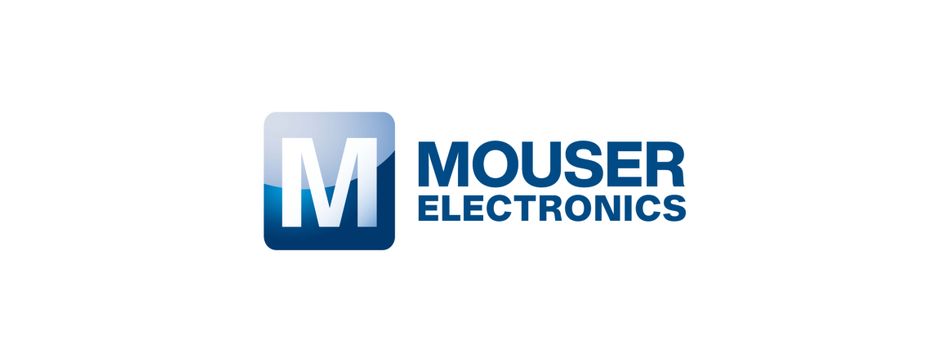6 Connectivity Solutions for Industrial Robotic Applications
Article #4 Robot Control Series. When dealing with harsh industrial conditions, robotic engineers need to employ compact yet reliable connectivity components to secure the flow of energy and data.
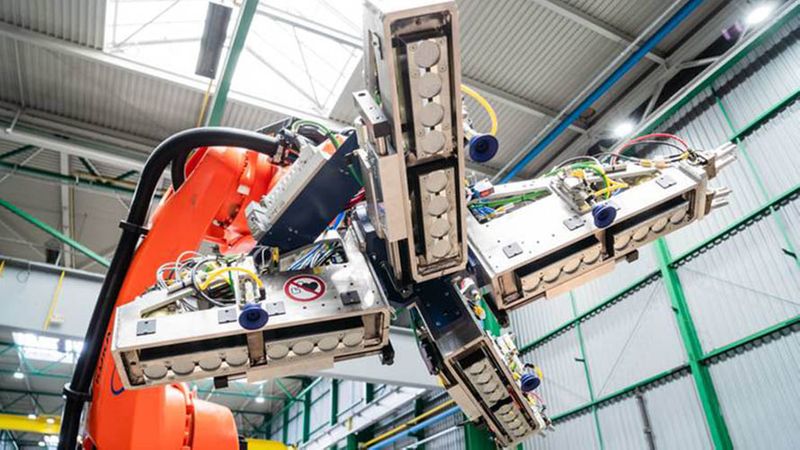
Waelzholz
This is the fourth article in a 7-part series examining solutions for robot control. The series looks into solutions for power, data, and signal, necessary to push the role and capabilities of industrial robots. This series is sponsored by Mouser Electronics, an online distributor of electronic components. Through their sponsorship, Mouser Electronics is dedicated to sharing knowledge about the possibility of a greener, more reliable, and better-connected manufacturing future.
Industrial production today is shaped by a market that is changing at an unprecedented speed. Growing demand for personalized products, a never-ending stream of new market requirements, and the need for consistently high product quality make the use of highly advanced production systems a must. The basis for this flexible production system is the use of industrial robots.
The applications for state-of-the-art industrial robots are growing all the time. From automotive and aircraft construction to the pharmaceutical industry, logistics, and metal or plastics processing—the latest generation of industrial robots can handle ever more complicated tasks in a whole range of different environments.
For manufacturers of robot and control technology, sourcing robust components is a major requirement to meet the growing need for their products in new applications. The more diverse the capabilities of highly specialized automated production plants become, the more critical it is to employ reliable interfaces to secure the growing volumes of data and power—using interconnect solutions that are as compact and space-saving as possible.
In this article, we look at six connectivity solutions for use in a wide range of industrial robotic applications.
M8/M12 Connector System
M8 and M12 are popular choices for rugged, sealed connectors. They are used in a number of industries and applications, from automotive production to textiles and printing presses. Dating back over 30 years, M8 and M12 sealed interconnect systems have become the go-to option for harsh environments and the backbone of industrial automation systems.
While their upfront price point is usually higher, assembling, testing, and servicing a system with M12 and M8 connectors is faster and less expensive than other options. M8 and M12 connector systems are available in many variations best suited for different applications. These numerous configurations and numbers of pins, different levels of cables for environmental protection (including IP67, IP65, IP68, and IP69K ratings), and different keying/coding options (such as coding for Gigabit Ethernet, 100 MB Ethernet, or sensors and actuators).
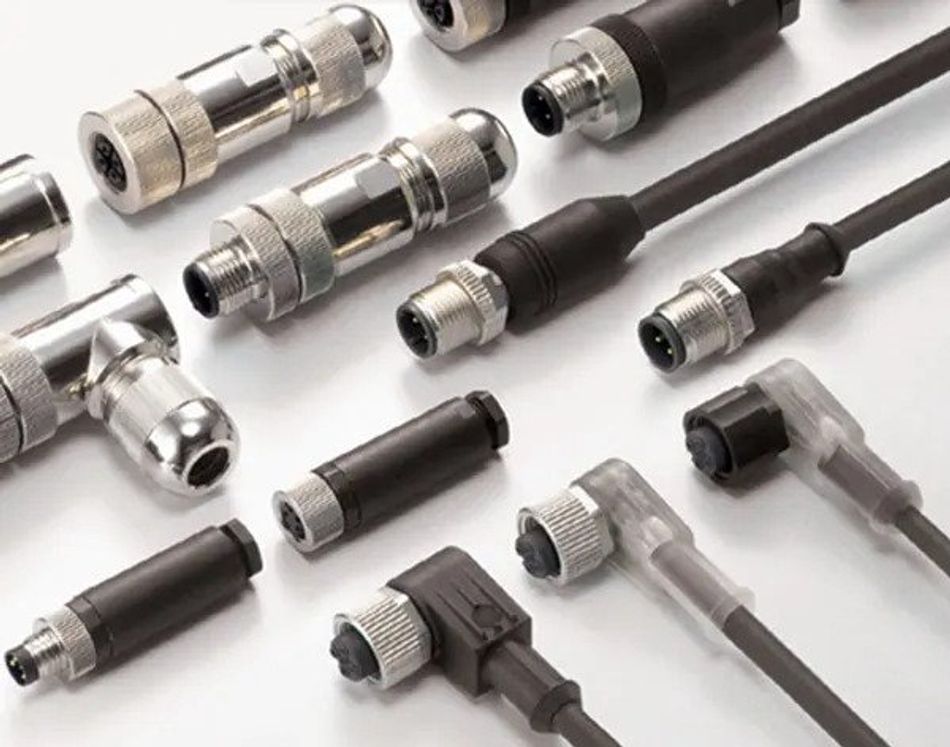
One example of an M8/M12 connector system product line is the solution from TE Connectivity.
This solution includes an extensive connector range of receptacles, cable assemblies, and IO boxes, and provides users with an interface that supports higher bandwidth needs meeting the requirements of up to 10Gb/s. They also provide customers with shielded and unshielded cable assembly options in both Cat5e and Cat6A cable types. For re-wiring on site, a range of field serviceable connectors are provided that include male and female versions in multiple positions and codings. Additional styles are available on request including alternative mounting arrangements for panel mount connectors and double-ended cable assemblies.
Heavy Duty Connectors
Outside of the control cabinet, harsh industrial environments can wreak havoc on connectors. This is where heavy-duty connectors come into play. Heavy-duty connectors are rectangular industrial connectors specially designed to transmit power, data, and signal in tough conditions. These product lines are created to provide reliable, application-specific connection in environments that may include vibrations, temperature challenges, dust, extreme weather, electromagnetic interference, and mechanical impact. They may be used in industrial machinery, railway facilities, or electrical power utilities. Heavy-duty connectors typically have aluminum enclosures with protection degrees from IP65 up to IP69K.
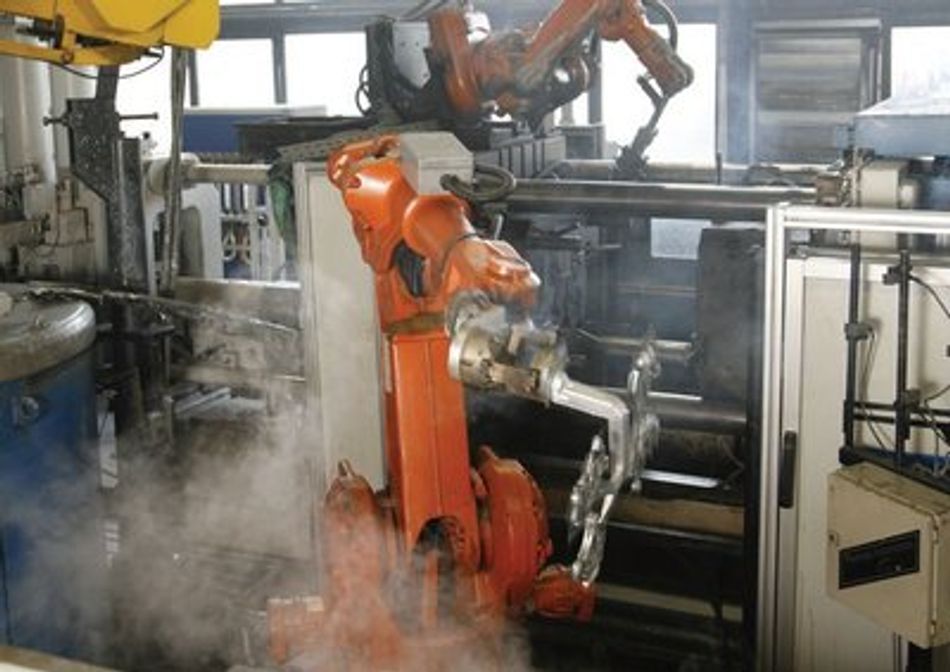
Industrial RJ45 Connectors
A registered jack (RJ) is a standardized physical interface for connecting telecommunications or data equipment. RJ45 connectors are the most common twisted-pair connectors, with an 8-position, 8-contact (8P8C) modular plug and jack. These are commonly used to connect computers onto Ethernet-based local area networks.
Industrial RJ45 connectors are rectangular data connectors designed for Ethernet networking in industrial applications and are designed for industrial environments. One example of an industrial RJ45 connector product line is that offered by TE Connectivity, which provides data rates of 10/100Mbps and 1Gbps. Their Ethernet Magnetic parts are SMD and reflow-solderable, with field-installable cable connectors are available for 2-pair (10/100Mbps) and 4-pair cables (1G/10Gbps) supporting Cat5e, Cat6 and Cat6A performance.
Circular Plastic Connectors
A circular connector is a cylindrical, multi-pin electrical connector that contains contacts that power electrical devices, transmit data, or transmit electrical signals. It is designed with a circular interface and housing to quickly and easily connect and disconnect signal, power, and optical circuits without the use of coupling tools such as torque wrenches. The circular design maximizes contact density, lowering equipment space requirements for power and signal interconnections, providing engineers with efficient use of real estate. The contacts are typically surrounded by a composite or metal shell and are embedded in insulating material to maintain their alignment. The contacts are usually paired with a cable, making them especially resistant to accidental decoupling or environmental interference.
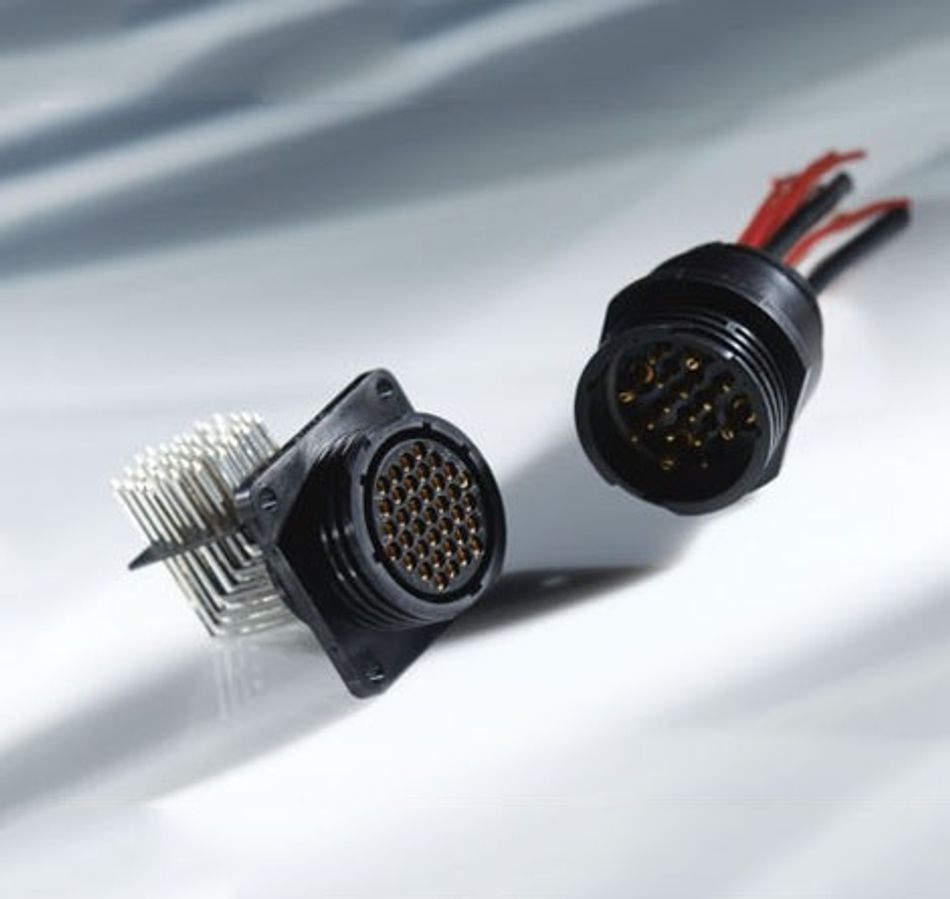
Circular Plastic Connectors (CPC) enable engineers to design rugged products quickly, reliably, and affordably by offering a versatile range of power and signal connectivity solutions. The mounting options include panel mount, free-hanging, and wire-to-board, and these rugged connectors can be used virtually anywhere signals or power are needed. Removable contacts and replaceable coupling rings make field repair easy.
Terminal Blocks
Terminal blocks are modular, insulated blocks which connect one or more circuits to another. They consist of several individual terminals arranged in a long strip that secure and/or terminate wires. The connections are typically made by a screw or clamp lowering onto a bare wire in order to complete the connection. Due to this type of connection, terminal blocks are extremely easy to use and are available in a variety of types across multiple applications. The most common types are barrier, pluggable, fixed, & DIN rail mount. Terminal blocks can be found in control panels to interconnect the panel wiring both internally and to the field wiring, and are key to good wire management in your project.
Relays
A relay is an electronically-operated switch that is remotely activated by an electromagnet that pulls a set of contacts to either make or break a circuit. Relays are commonly used for switching signals, radio frequencies, high current circuits when using a lower current circuit, and loads such as resistive, motor, lamp, inductive, and capacitive applications. This is helpful when an in-line switch or existing circuit does not have the capacity to handle the required current.
Low power PCB relays, panel-plug-in relays, and force-guided relays are critical electromechanical switching components used within safety relay circuits. They enable the recognition of a contact’s switching condition in a simple and safe manner. Protective relays can prevent equipment damage by detecting electrical abnormalities such as overcurrent, undercurrent, overloads, and reverse currents. With the normally open (NO) and normally closed (NC) contacts of a force-guided relay being insulated from each other, the load and monitoring circuit may have different voltage potentials. Monitoring machines and processes, relays help protect people’s lives when danger needs to be averted.
Summary
This article was initially published by Mouser and TE in an e-magazine. It has been substantially edited by the Wevolver team and robotics writer Dillon Garrison. It's the fourth article of a 7-part series exploring solutions for robot control. Future articles provide an overview of servo motor connections, discuss the role of digital twins in robot connectivity and look at trends in manufacturing automation.
Article one looked at gains made by improved connectivity in industrial settings.
Article two looked at the quality of connectors for harsh environments.
Article three provided an overview of common motor types.
Article four listed 6 Connectivity Solutions For Industrial Robotic Applications.
Article five explores cobots and connectivity.
About the sponsor: Mouser Electronics
Mouser Electronics is a worldwide leading authorized distributor of semiconductors and electronic components for over 1,100 manufacturer brands. They specialize in the rapid introduction of new products and technologies for design engineers and buyers. Their extensive product offering includes semiconductors, interconnects, passives, and electromechanical components.
